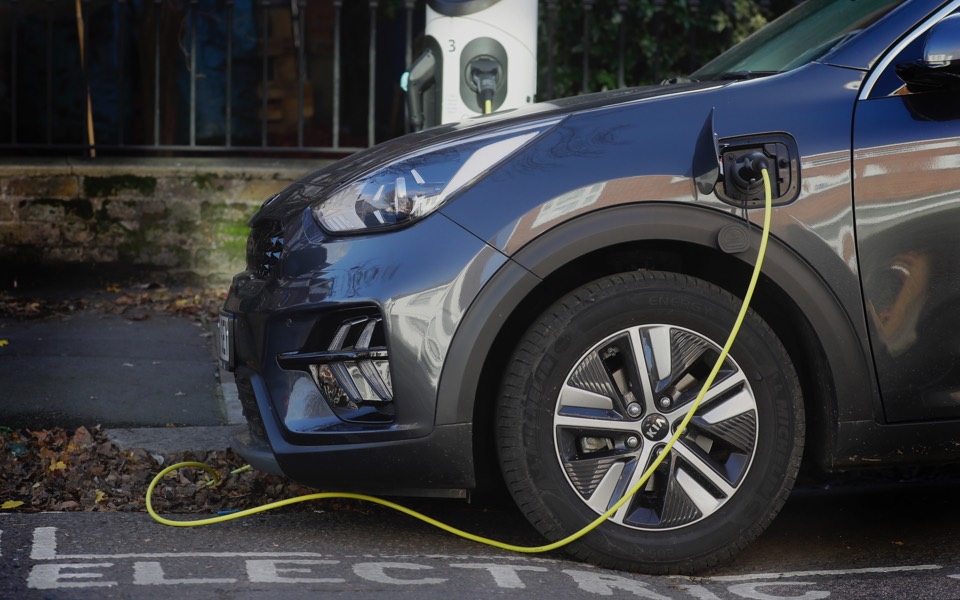EU auditors say real CO2 emissions from most cars have not fallen

Real CO2 emissions from most passengers cars on EU roads are the same as 12 years ago despite reduction targets set in 2010 for newly registered vehicles, putting in jeopardy Europe’s green agenda, the European Court of Auditors (ECA) said on Wednesday.
In a statement, the ECA said that, in the 2010s, car manufacturers exploited loopholes in test requirements to obtain reduced emissions in the laboratory, adding the gap with real emissions – that is to say when the vehicles are actually driving on the road – was “enormous”.
As a result and following the “Dieselgate” scandal – when Volkswagen admitted in 2015 it had fitted 11 million cars worldwide with software that cheated diesel emissions tests – a new laboratory test cycle, reflecting actual driving conditions better, became mandatory in September 2017.
“This effectively narrowed (but did not eliminate) the gap between laboratory and real-world emissions. Real emissions from conventional cars – which still account for nearly three-quarters of new vehicle registrations – have not dropped,” the auditors said.
The European Commission is set to recommend the EU reduces its net greenhouse gas emissions 90% by 2040, from 1990 levels, to ensure the bloc can reach net zero emissions a decade later, sources familiar with the matter told Reuters last week.
“The EU’s green revolution can only happen if there are far fewer polluting vehicles, but the challenge is huge,” said Pietro Russo, the ECA member who led the audit, was quoted in a statement.
“A true and tangible reduction in cars’ CO2 emissions will not occur as long as the combustion engine prevails, but at the same time, electrifying the EU’s car fleet is a major undertaking,” Russo added.
ENERGY EFFICIENCY OF CARS OUTWEIGHED BY MASS
While the EU has managed to reduce greenhouse gas emissions in many areas over the last 30 years, CO2 from the transport sector has continued to grow. In 2021, it accounted for 23% of the EU’s total greenhouse gas emissions, with passenger cars responsible for more than half of this figure.
In detail, over the last 10 years, emissions have remained constant for diesel cars while they have marginally decreased (-4.6%) for petrol cars, the ECA said, noting that progress in engine efficiency has been outweighed both by increased vehicle mass – due to the SUV trend of these last years – and by more powerful engines.
Hybrid cars’ real emissions also tend to be much higher than those recorded in the laboratory, the ECA said, adding there will be an adjustment to correct this but only from 2025.
“Until then, plug-in hybrids will continue to be treated as low-emission vehicles, to the benefit of car manufacturers,” the EU auditors said.
In their view, only electric vehicles, whose sales jumped from one in every 100 new car registrations in 2018 to almost one in seven in 2022, have driven the reduction in average real CO2 emissions seen recently.
But the auditors point out the hurdles facing any further acceleration in the uptake of electric vehicles, whether it be sufficient access to raw materials to build enough batteries or affordability of the cars, which may lead consumers to hold on to their old polluting vehicles for longer.
According to the European Automobile Manufacturers Association (ACEA), passengers cars in the European Union are on average 12 years old, with Greece and Estonia having the region’s oldest car fleets, with vehicles almost 17 years old, and Luxemburg the newest (7.6 years).
[Reuters]





